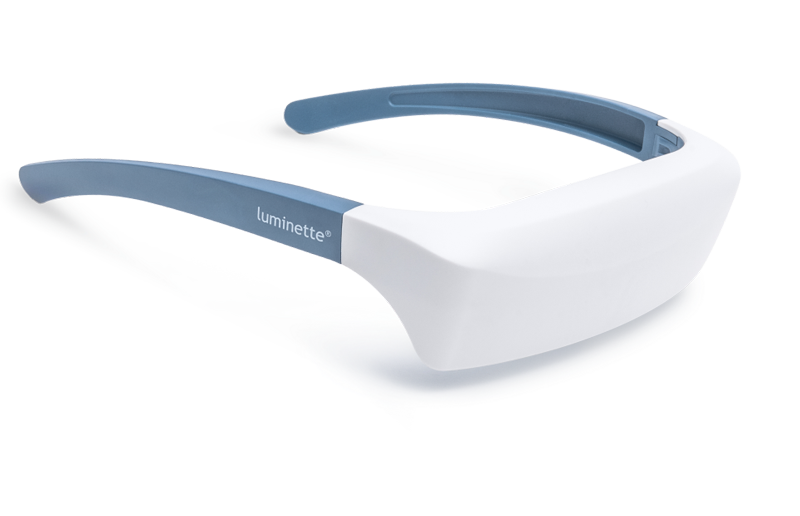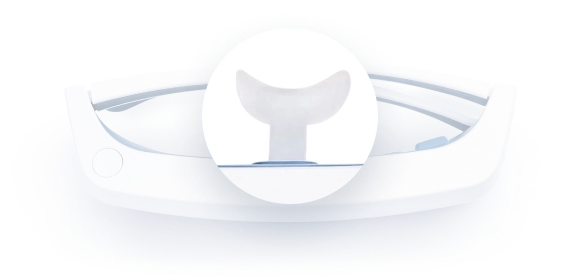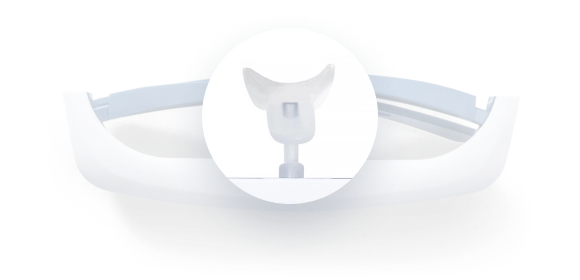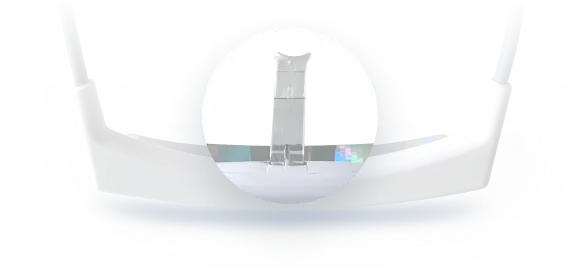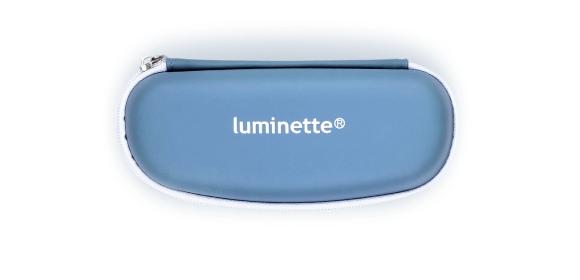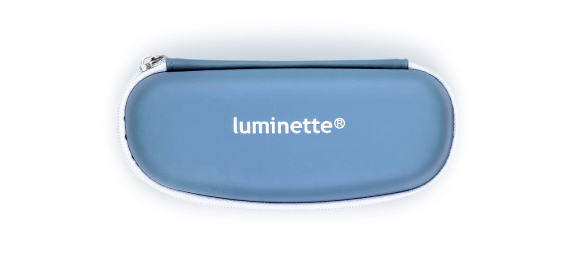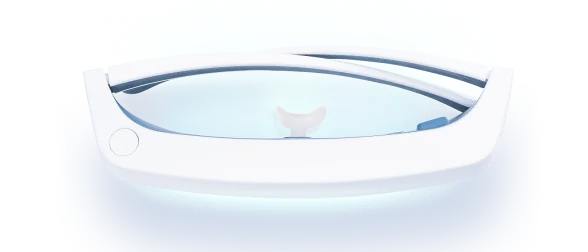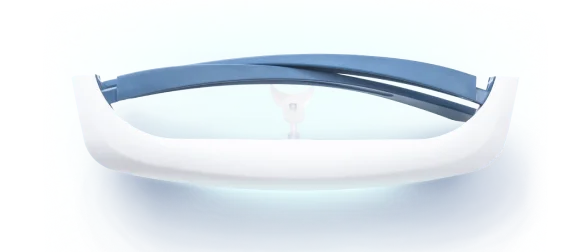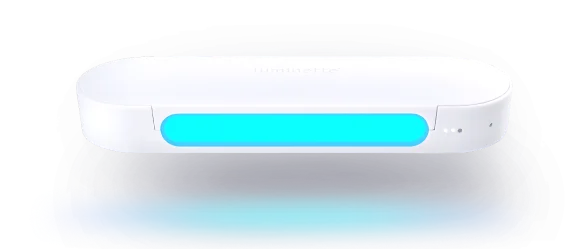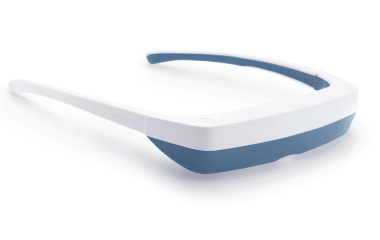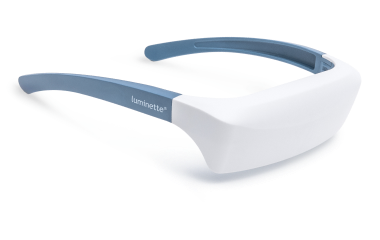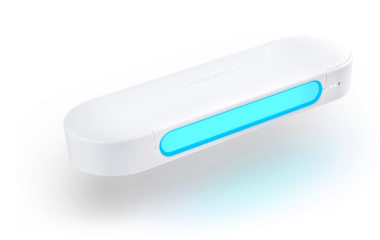Lampes solaires pour les changements saisonniers de l’humeur
Choisir un produit
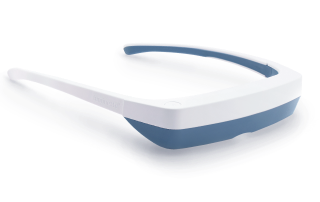
Lunettes
de luminothérapie
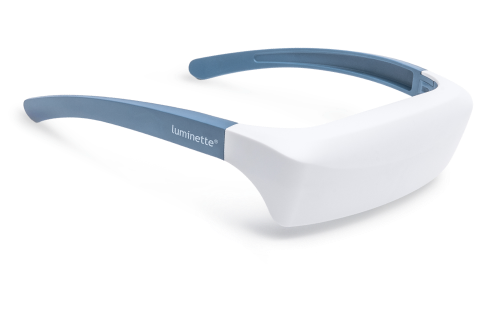
Lunettes de luminothérapie
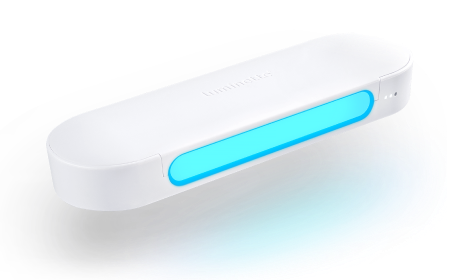
Lampe de luminothérapie 2-en-1
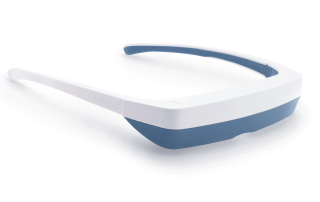
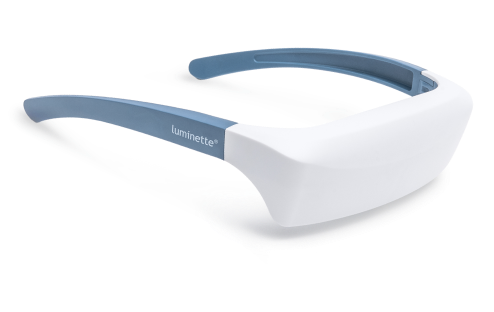
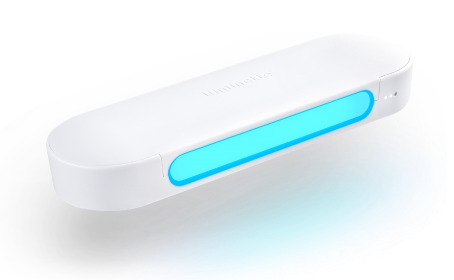
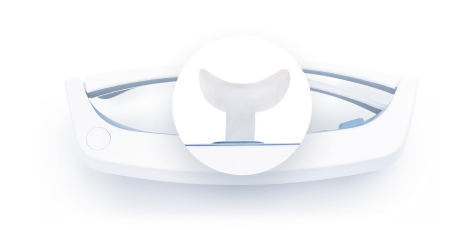
Luminette 3
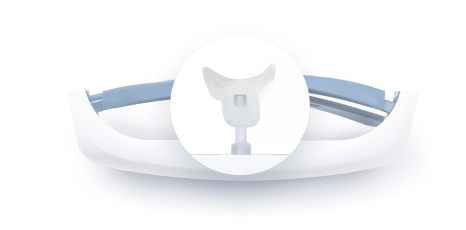
Luminette 2
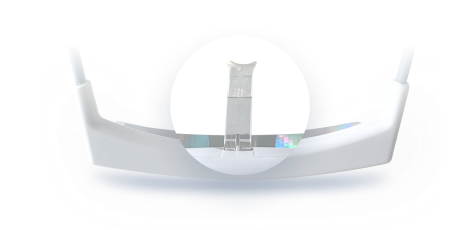
Luminette 1
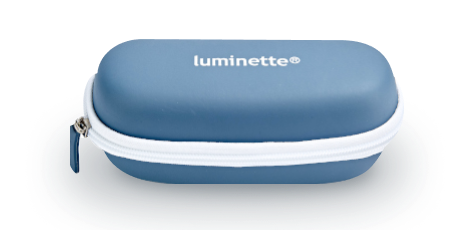
Luminette 3
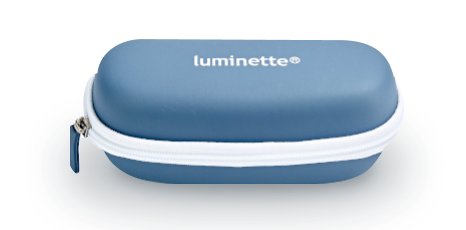
Drive
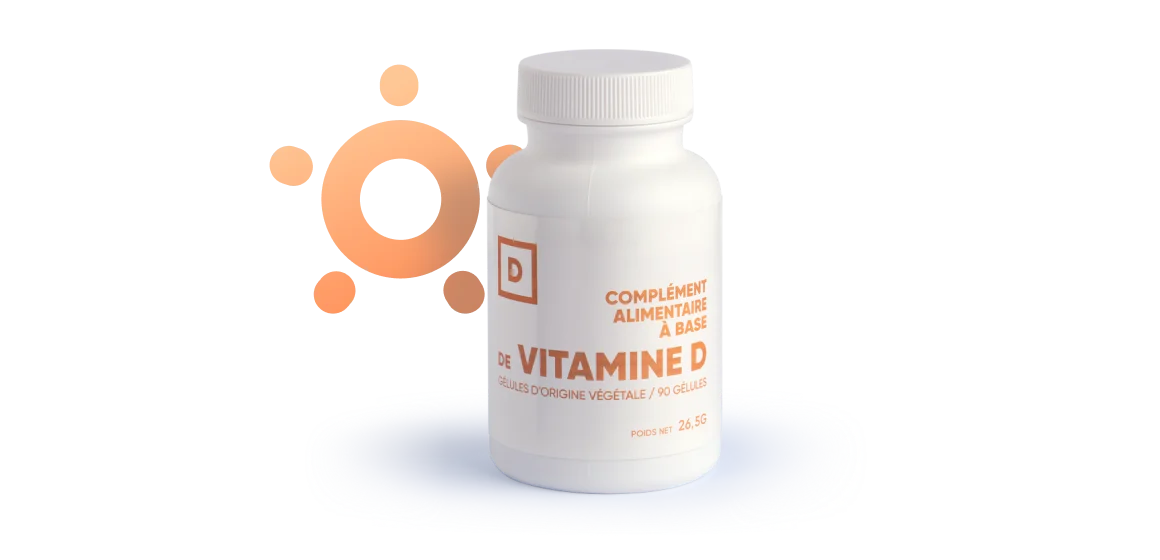
Soutien lumineux
Payez plus tard ou en 3 fois
Livraison gratuite
Étui de protection pour le Drive
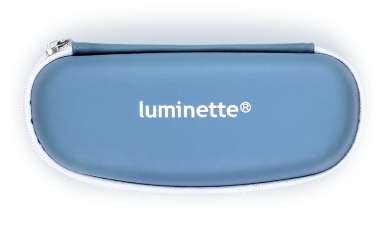

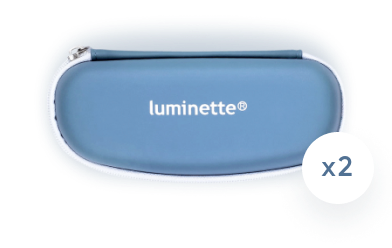


unités

Vitamine D - Vitamine du soleil
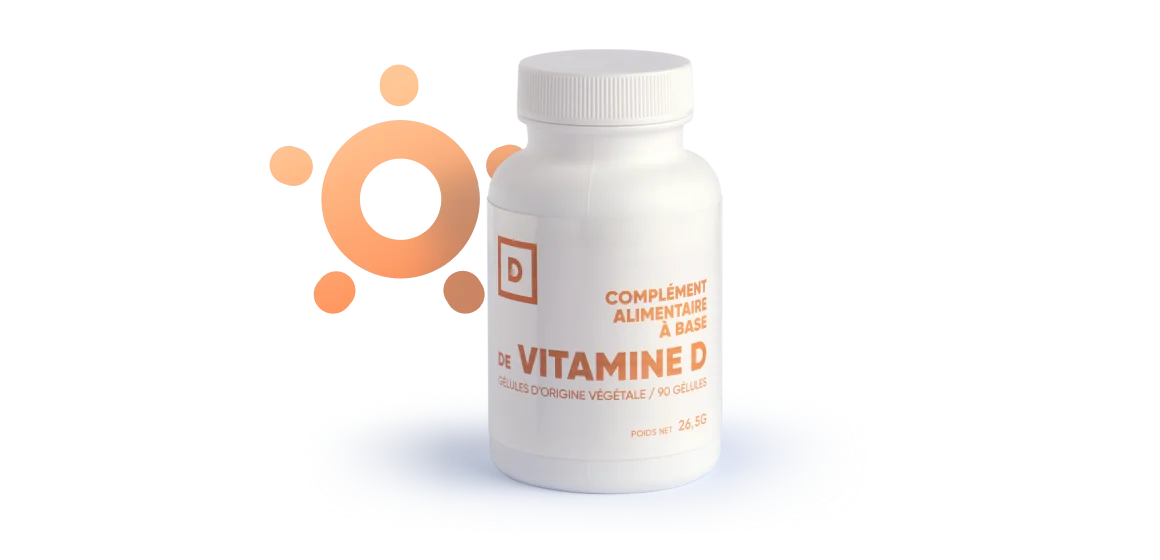




unités

Pose-nez Luminette 3
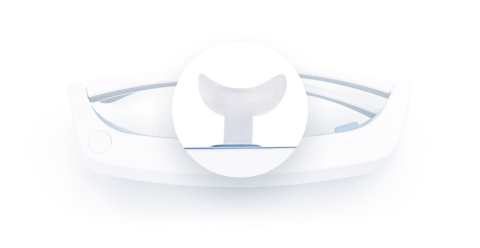

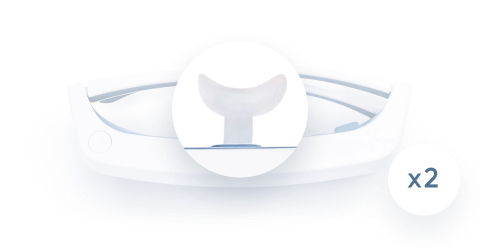
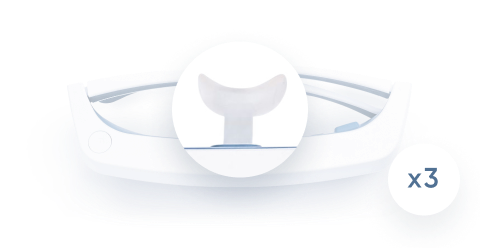

unités

Pose-nez Luminette 2
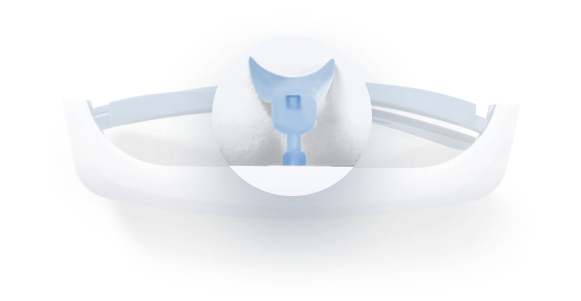

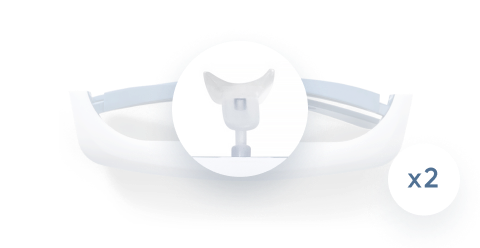
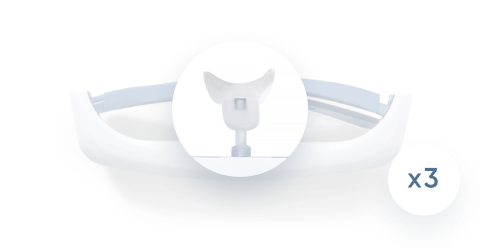

unités

Pose-nez Luminette 1
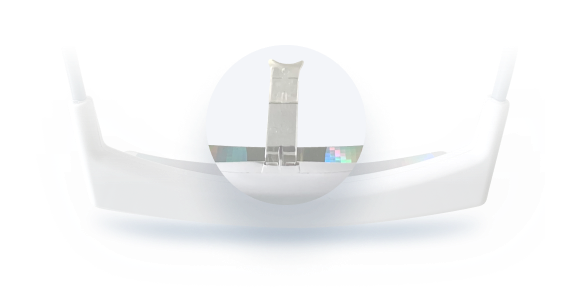

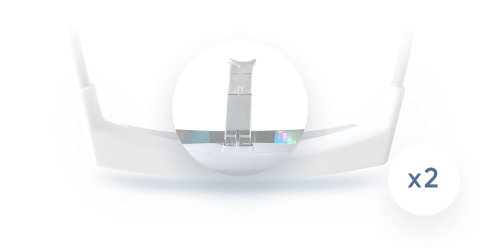
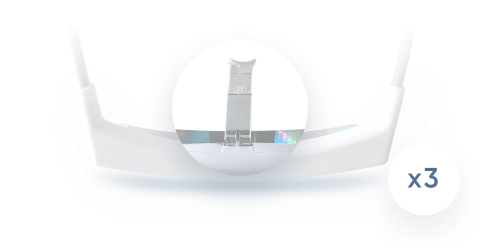

unités

Luminette 3 reconditionnée
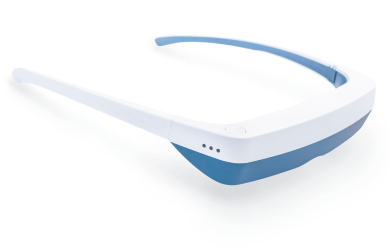

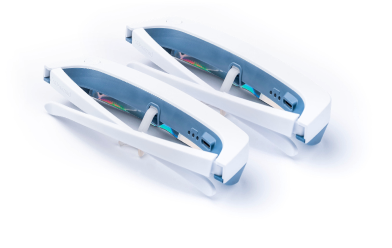
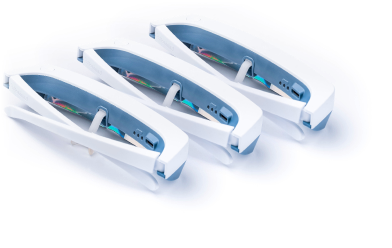

unités
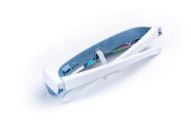
unités
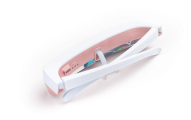
unités
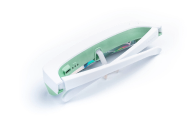
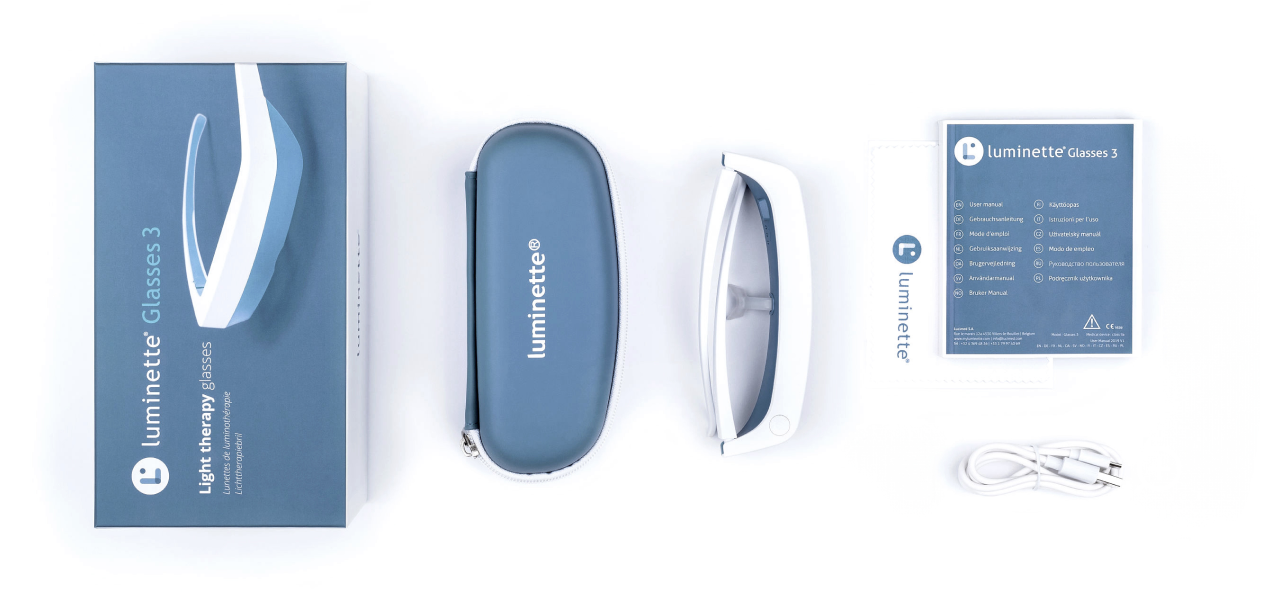
- Votre Luminette
- Un étui de protection
- Un câble de charge USB-C
- Un tissu de nettoyage en microfibre
- Le mode d'emploi
Luminette 3
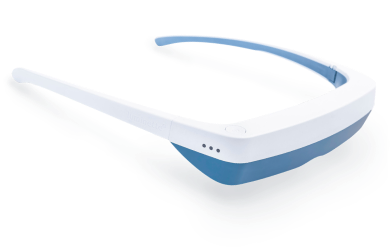




unités

unités

unités


- Votre Luminette
- Un étui de protection
- Un câble de charge USB-C
- Un tissu de nettoyage en microfibre
- Le mode d'emploi
Luminette 2 reconditionnée
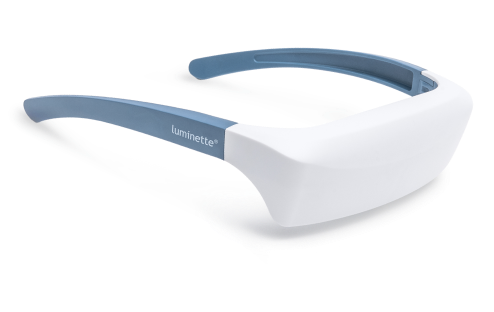
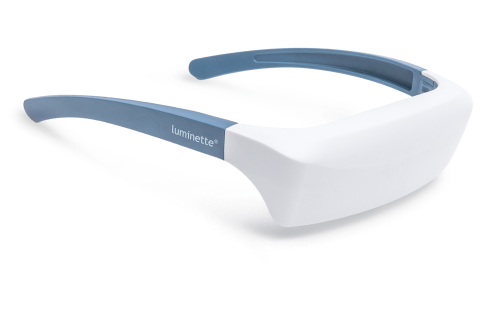
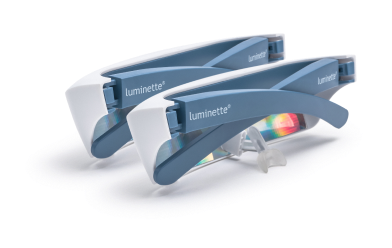
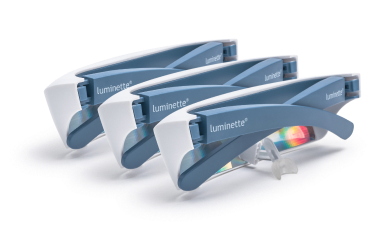

unités

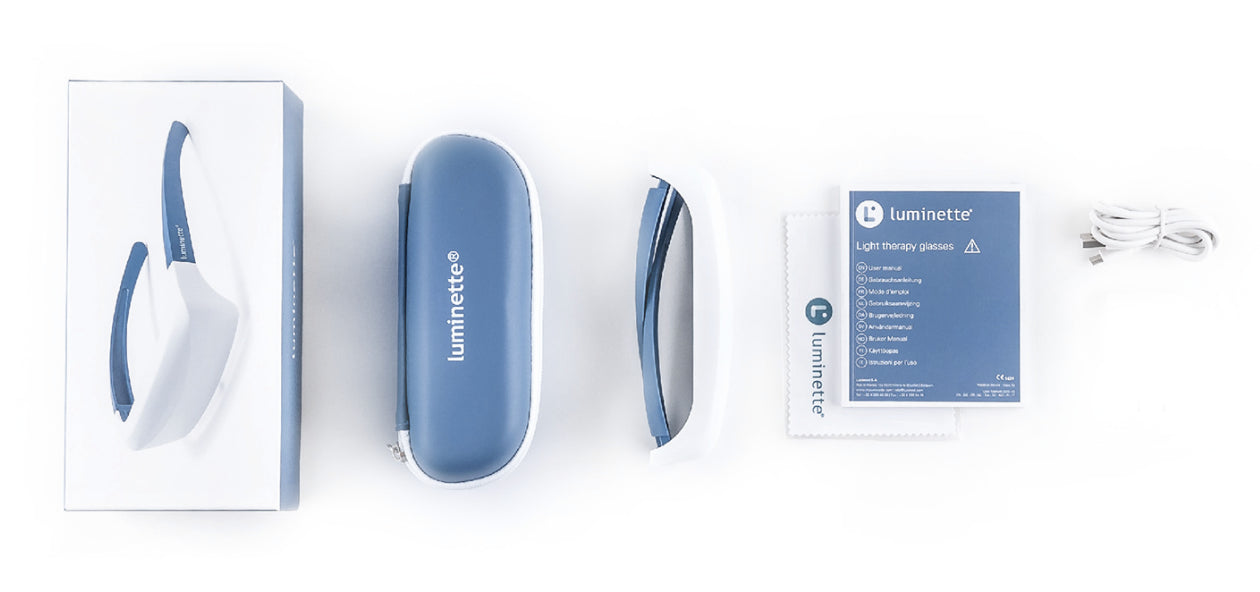
- Your Luminette
- A protective case
- USB-С cable
- A microfiber cleaning cloth
- Guarantee certificate
- Your instruction manual
Luminette 2





unités


- Your Luminette
- A protective case
- USB-С cable
- A microfiber cleaning cloth
- Guarantee certificate
- Your instruction manual
Housse pour Luminette 3
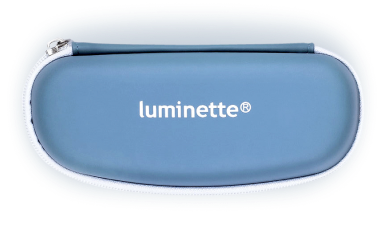

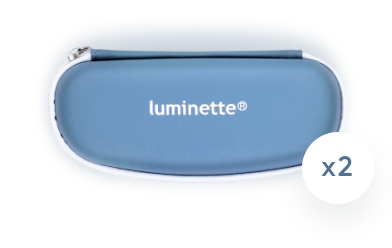
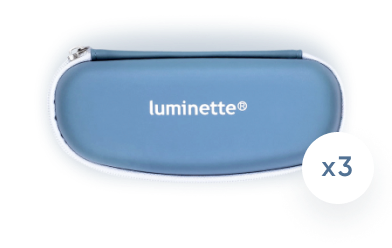

unités

Drive reconditionné
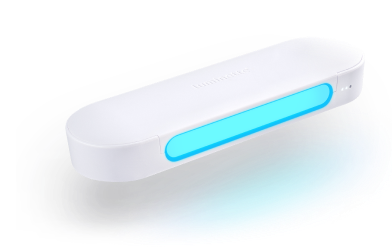
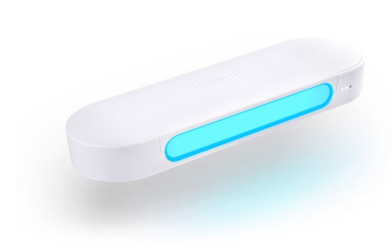
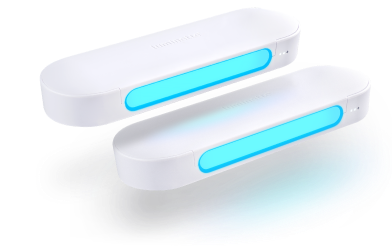
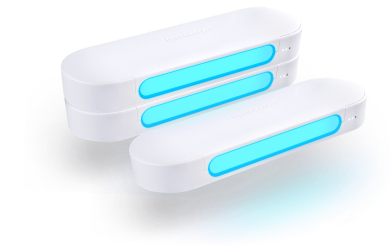

unités

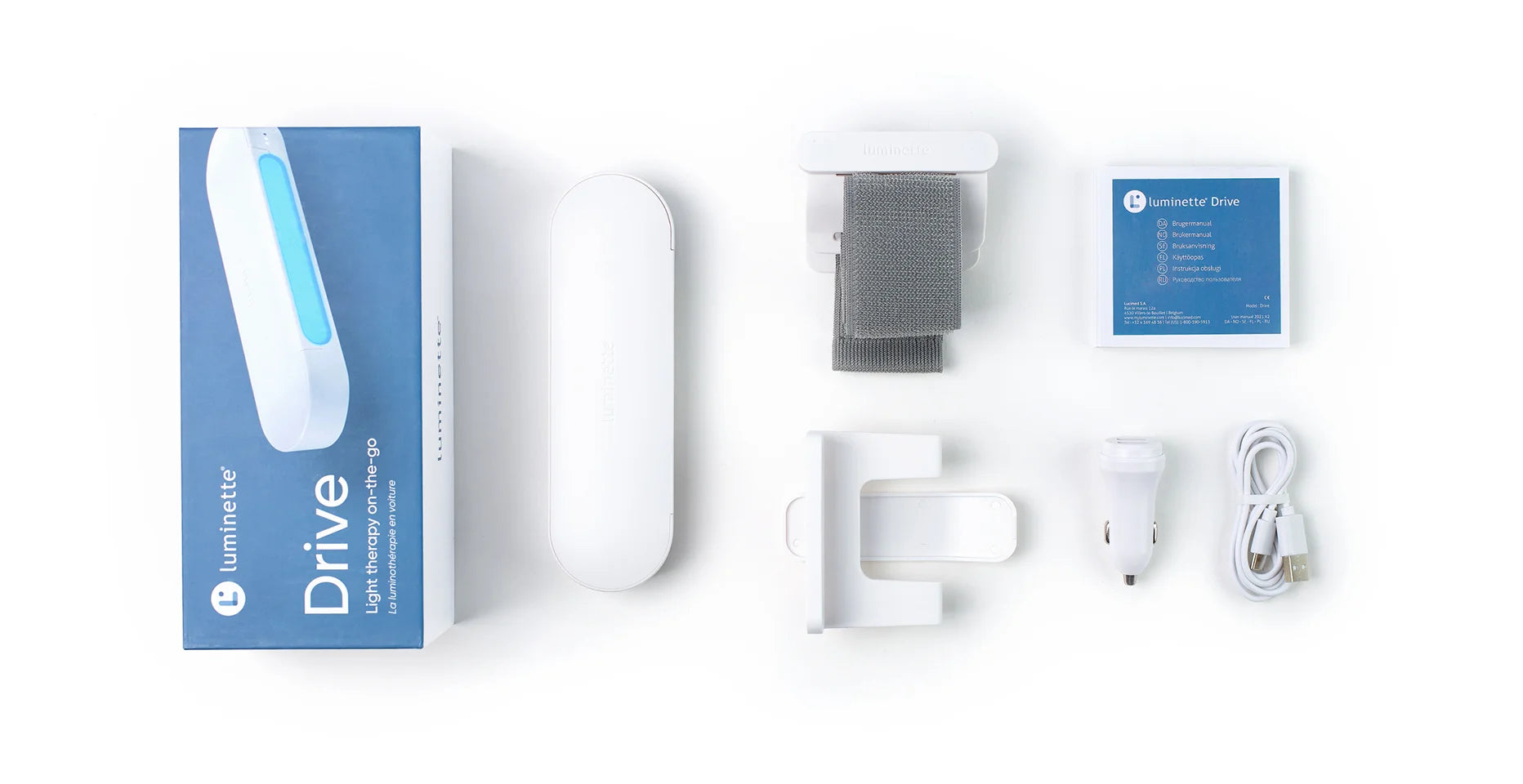
- Votre Drive
- Un câble USB-С
- Le clip magnétique pour voiture
- Le clip magnétique pour ordinateur
- Votre manuel d'utilisation
Drive





unités


- Votre Drive
- Un câble USB-С
- Le clip magnétique pour voiture
- Le clip magnétique pour ordinateur
- Votre manuel d'utilisation
Les clients achètent souvent ensemble

Luminette 3

Drive

Vitamine D -
Soutien lumineux
- En réappro. -

Luminette 2

Pose-nez
Luminette 3
- En réappro. -

Pose-nez
Luminette 2
- En réappro. -

Pose-nez
Luminette 1
- En réappro. -

Housse de rechange
Luminette 3
- En réappro. -

Housse pour
Drive
- En réappro. -
Payez plus tard ou en 3 fois
Livraison gratuite
+€48
(17% taxe suisse locale)

 Notez svp
Notez svp

Les prix affichés ne comprennent pas les taxes. A la réception de la commande, il faudra s'attendre à payer des taxes d'importation locales supplémentaires.




